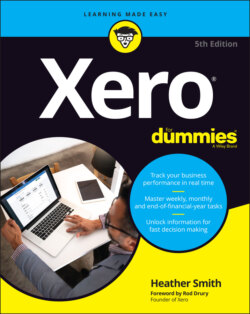Читать книгу Xero For Dummies - Heather Smith - Страница 38
Assets
ОглавлениеAssets cover the following:
Current Assets: Items owned by the business for fewer than 12 months — for example, accounts receivable, and inventory. If Xero is integrated with an inventory management solution, opt to set up the inventory against a current asset type rather than an inventory-type asset. This gives you more flexibility; for example, it allows you to create a manual journal against the account. Inventory may reflect the value of raw materials, work-in-process goods and completely finished goods.
Inventory: The value of tracked inventory items on hand.
Prepayments: Payments made in advance — for example, rent paid in advance.
Bank Accounts: Accounts held at financial institutions. This includes credit card accounts, which would typically be classified as a current liability; however, in order to activate a bank feed, a credit card account needs to be classified as a bank account in Xero. Using Report Layouts customisation, you can list the credit card account with the Current Liabilities on your balance sheet (see Chapter 9 for more on customising your reports).
Fixed Assets: Assets owned by the business for between one and five years — for example, computer equipment.
Non-Current Assets: Owned by the business for over a year — for example, motor vehicles, office equipment, furniture and fittings.
